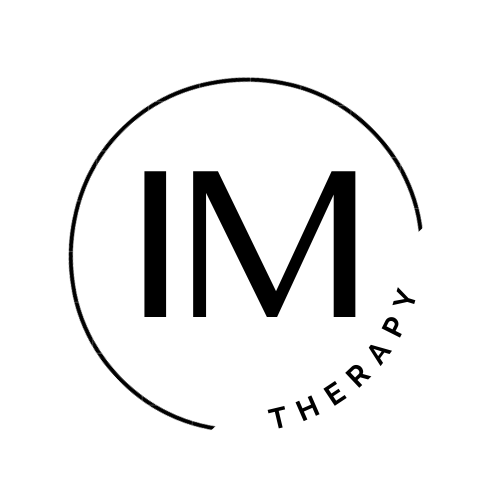
One of the many resources most speech and language professionals refer to is a developmental chart. Developmental charts typically cover several developmental domains like communication skills, cognitive skills, social-emotional skills, adaptive behavior, and physical skills.
- Communication–related to understanding and use of verbal and/or nonverbal means of communication
- Cognitive skills–related to one’s thought processes and functional problem-solving
- Social-emotional skills–refers to interaction with and attachment to others
- Adaptive behavior–generally refers to self-care
- Physical skills–related to one’s body awareness and muscle control
The information covered in developmental charts basically includes what most children are typically accomplishing at or by a particular age. Because developmental charts generally serve as guides, they are not absolute, i.e., there is a range of ages by which children should be accomplishing certain developmental tasks. For example, a child that is not walking by his or her 1st birthday should not raise any alarms in and of itself–there is an acceptable range for establishing this skill. However, when there are suspected or confirmed delays that are significant, developmental charts can be utilized as a catalyst for a meaningful, objective conversation and, more importantly, intervention. After a thorough medical evaluation is completed by the child’s physician that confirms the delay, the child is referred to professionals that can help to identify and treat the areas of difficulty. Intervention may involve referral to one or several physicians or other healthcare professionals.
In some instances, the child’s physician may refer the child to a speech-language pathologist for a comprehensive evaluation of the child’s communication skills. Speech-language pathologists, like other professionals familiar with typical and atypical development inherently utilize information related to “ages and stages” that constitutes a developmental chart. Once a diagnosis is made by the speech-language pathologist, he or she will create an intervention plan that is at essentially based on the information found on a developmental chart. From time to time, the speech-language pathologist will update the child’s intervention plan, again, oftentimes with a developmental chart in sight or at least in mind.
If you or someone you know needs the services of a licensed and certified speech-language pathologist, please be sure to discuss your concerns with a physician, a speech-language pathologist, or another qualified provider. You can also find a provider through the ASHA ProFind service or visit us at www.bilingualspeech.org for more information. NOTE: This article is intended only as a general source of information, i.e., it is not intended to replace information given to you by a qualified health professional that is familiar with your particular circumstances. If you have an urgent medical need, please seek immediate medical attention.

